Singing needs stamina. If you want your voice to sound great—not just today, but for years to come—vocal warm-ups are non-negotiable. Just like you wouldn’t sprint without stretching or lift weights without prepping your joints, you shouldn’t sing without properly warming up. It’s essential for staying healthy.
If you haven’t found a warm-up routine that really clicks, or if you want to try something new, this guide breaks down every major type of vocal warm-up. You’ll find out what each technique is for, when to use it, and who it works best for—so let’s begin.
Pre-Step: Preparing the Body
Your voice is part of your body, and your body responds to stress, tension, and posture. Before any sound comes out, take 2–3 minutes to set up the foundation with these essentials:
Posture Alignment: Stand or sit tall, feet hip-width apart. Relax your knees. Imagine a string lifting your head. Keep your shoulders down and open your chest.
Physical Relaxation:
- Roll your shoulders forward and backward
- Gently stretch your neck side to side
- Take a few big yawns to open the throat
- Lightly massaging your jaw and cheeks
Taking 3 deep breaths, focusing only on the inhale and the exhale. Let go of distractions and begin on your routines.
Method 1: Breathing Exercises (Foundation of Vocal Warm-Ups)
Breathing exercises form the foundation of every solid vocal routine, essential for beginners developing breath support, singers returning after a break, or anyone whose voice feels tight, breathy, or unsteady.
1# Diaphragmatic Breathing
If you run out of breath or find yourself singing from the throat, this is the most basic essential exercise. It conditions the body to breathe deeper and enables you to create a richer, supported sound with less effort. Great for singers at all levels.
- Sit or stand with good posture.
- Place one hand on your belly, one on your chest.
- Inhale through your nose for 4 counts—belly expands, chest stays still.
- Exhale slowly through your mouth for 6–8 counts.
- Repeat for 2 minutes.
2# Lip Trills
Perfect for gently warming up the voice, lip trills help release tension in your face, lips, and throat and teach breath control.
- Keep your lips loose and blow air to create a motorboat “brrrrr” sound.
- Add pitch: Start on a comfortable note and slide up and down like a siren.
- Do 3–5 repeats from low to high and back, focusing on breath support.
3# Hissing Exercise (Sustained “SSS”)
This is a great tool for building steady airflow and vocal stamina. It conditions your ability to exhale steadily, which is essential for holding long notes and singing phrases cleanly without gasping for air.
- Inhale deeply using your diaphragm.
- Exhale on a steady “sss” sound (like a leaking tire).
- Time yourself. Start with 10 seconds and gradually increase to 30+
4# Rib Cage Expansion
If you’re prone to caving in your chest or you often lose breath halfway through while singing, this exercise is for you. It will help you to maintain the rib cage open when you’re exhaling, which ensures steady airflow and prevents upper body tension.
- Inhale slowly and expand your ribs sideways (not upward).
- Hold the ribcage expanded while exhaling on a gentle “shh” or “sss.”
- Place your hands on your lower ribs to feel the expansion.
- Repeat 5–6 times.
Method 2: Gentle Vocal Activation
This phase is about waking up the voice with soft, controlled vibration. It’s especially helpful as the first vocal sound of the day, before morning rehearsals, or if you’re recovering from fatigue or strain. These exercises get blood flowing to the vocal folds, reduce stiffness, and improve resonance without pushing your voice too early.
1# Humming
Humming is perfect for beginners and voices with sensitivity. It maintains light contact of vocal folds with encouraging the resonance forward, which enhances placement and tone without doing anything.
- Close your lips gently, relax your face.
- Hum softly on a comfortable note.
- Slide up and down slowly through your mid-range.
- Focus on the buzz in your lips, nose, or cheeks.
- Repeat for 1–2 minutes.
2# Semi-Occluded Vocal Tract Exercises (SOVT)
They are great for everyone and are useful before prolonged singing sessions or when resuming after long vocal rest. SOVT helps reduce vocal fold collision, balances air pressure, and makes transitioning between registers much smoother.
- Choose a straw phonation, lip trill, or singing through a narrow straw in water.
- Sustain comfortable pitches for 5–10 seconds.
- Slide up and down in pitch like a siren.
- Do 3–5 minutes total.
3# Tongue & Jaw Relaxation
Try this if you grit your teeth when singing or experience tension in your tongue or mouth—issues most often for public speakers, high-stress performers, or anyone who talks most of the day. This loosens tension that can shut off airflow and cloud articulation.
- Massage the jaw joint in small circles.
- Drop the jaw and let it hang loosely—don’t force it.
- Stick out your tongue and move it side to side, up and down.
- Say “la-la-la” and “na-na-na” slowly, exaggerating tongue movement.
- Repeat for 1–2 minutes.
Method 3: Pitch & Range Expansion
These routines expand your range, enhance agility, and improve pitch accuracy. Intermediate to advanced vocalists should do these regularly, especially when getting ready for a challenging performance, audition, or recording session.
1# 5-Tone Scales (Ascending & Descending)
A staple warm-up for developing pitch consistency and control. It is particularly helpful in the development of vocal register transitions and bridging over breaks. Use it at the beginning of any routine to gradually stretch your range without stress.
- Sing “ma-ma-ma-ma-ma” on a 5-tone scale.
- Start low and move up half-step by half-step.
- After each scale, repeat it in reverse (descending).
- Use a piano or app for accurate pitch reference.
- Keep tone even and breath-supported throughout.
2# Octave Jumps
This comes highly recommended for singers working on blending chest and head voice, and who want to eliminate cracks or mixed voice coordination. It’s a must if you often “flip” when jumping notes or want to make your high notes more stable and connected.
- Sing “yah” or “no” from a low note to one octave higher.
- Keep tone relaxed, not pushed.
- Repeat slowly, focusing on a smooth jump.
- Do 5–10 reps moving up and down in pitch.
3# Sirens & Glides
These are your best tools for connecting your entire range without breaks or tension. Great for singers who struggle moving between chest, mix, and head voice, or for anyone wanting a more fluid vocal line.
- Start on your lowest comfortable note.
- Glide up to your highest pitch, then back down.
- Use an “oo” or “ee” sound for a smooth vowel shape.
- Avoid pushing—keep breath steady and jaw loose.
- Do 3–5 full siren from low to high and back.
Method 4: Articulation & Diction Warm-Ups
Regardless of how excellent your tone or pitch is, if your singing includes text, the delivery of tangible, clear words is most important. These warm-ups help you do that exactly, bringing clarity, definition, and expression fine-tuning.
1# Tongue Twisters
These hone articulation and coordination between your mouth and brain. They’re most suitable for singers, actors, and speakers who require clean delivery.
- Choose any tongue twister like: “Red leather, yellow leather” or “Unique New York.”
- Say it slowly, over-pronouncing each word.
- Increase speed while staying clear.
- Repeat 3–5 times.
2# Consonant-Vowel Drills
These drills build muscle memory for clean consonant attacks and vowel flow. Especially useful when you have to deliver fast-paced lyrics or ensemble work.
- Say patterns like “ba-be-bi-bo-bu” or “ta-te-ti-to-tu.”
- Keep consonants sharp and vowels open.
- Practice with a metronome to stay rhythmic.
- Do 2–3 rounds using different consonants (D, K, P, etc.).
- Keep the jaw and tongue relaxed throughout.
3# Vowel Modulation
This helps unify your tone across different vowels, essential for smooth legato singing and maintaining resonance throughout melodic lines. Great for all styles, especially if you feel certain vowels “drop out” in tone or volume.
- Choose a simple melody or scale.
- Sing it once on “ah,” then switch to “ee,” “oo,” “ay,” and “oh.”
- Listen for tone consistency across vowels.
- Repeat until all vowels feel equally resonant.
Method 5: Dynamic & Strength-Building Exercises
These exercises are perfect when your voice is already warm and flexible, and you’re ready to prep for performance-level intensity. Use them mid to late in your routine to prevent fatigue, sharpen expressive range, and gain full command over soft-to-loud shifts, phrasing, and controlled belting.
1# Staccato vs. Legato
Ideal for singers in musical theatre, classical, or pop who want better phrasing and precision. This combo builds agility and smoothness, allowing you to switch between sharp articulation and fluid lines. Do this once your voice is warmed up to mid-range comfortably.
- Sing a 5-note scale on “la-la-la-la-la” using staccato (short, detached notes).
- Repeat the same scale using legato (smooth, connected).
- Use the vowel “ah” or “ee” for both versions.
- Focus on breath consistency and pitch precision.
2# Volume Control (Messa di Voce)
This is best for intermediate or advanced singers who want better control over vocal dynamics, such as those in opera, jazz, ballads, or even soft indie styles. It trains you to sustain notes with expressive dynamic range, crucial for conveying emotion. Practice once your airflow and tone are stable in the session.
- Choose a comfortable pitch and sustain it.
- Gradually grow louder (crescendo), then slowly soften back down (decrescendo).
- Keep the tone even — no wobbling or pitch drift.
- Use the vowel “ee” or “oo” for best control.
3# Belting & Mixed Voice Prep
Designed for singers in pop, gospel, rock, and musical theatre who need strong high notes without strain. It helps build chest voice power and safely bridges into mix or head voice. Only attempt this after completing general warm-ups and gentle vocal activation.
- Use a chest voice “nay-nay” on a 3-tone or 5-tone scale.
- Slide from chest to head voice using “mum” or “gee” to feel the mix.
- Focus on forward placement (nasal resonance) without shouting.
- Start with medium volume before attempting full intensity.
Method 6: Genre-Specific Warm-Ups
Different musical styles put unique demands on your vocal technique, tone, and expression. Once you’ve completed basic breath, activation, and flexibility warm-ups, add these targeted drills based on what you’re preparing for.
1# Classical Singing
Best for opera, choral, and art song vocalists. These exercises help you support long phrases and refine your resonance for sustained notes. They are also excellent for breath control and vocal stability.
- Sing descending arpeggios on pure vowels like “oo” and “ah.”
- Sustain long tones while focusing on diaphragmatic breath.
- Practice slow legato lines with dynamic shaping.
2# Pop/R&B
Ideal for singers who do lots of vocal runs, slides, and rhythmic shifts. These warm-ups build agility, accuracy, and control—all crucial for executing riffs and expressive lines. Do them after vocal activation, once the cords are free-moving.
- Sing quick 5-note runs on syllables like “da-da-da-da-da.”
- Use melismatic scales (e.g., 1–2–3–5–3–1 patterns).
- Slide up and down between thirds and fifths quickly but cleanly.
3# Metal/Screaming
Crucial for rock, metal, or hardcore vocalists engaging in extreme vocals. These exercises help condition the false folds and coordinate breath control for distortion or fry screams — safely. Never do them cold — they should come late in your warm-up.
- Start with gentle vocal fry on a single pitch.
- Practice breath-driven growls with an open throat posture.
- Slide pitch gently while maintaining controlled fry/distortion.
- Keep sessions short and always end with vocal reset exercises.
4# Public Speaking
Great for podcasters, presenters, teachers, or speakers aiming to project clearly without fatigue. These routines help develop resonance and clarity, keeping your voice strong during long speaking engagements.
- Hum while tapping your chest to feel vibrations (chest resonance).
- Speak exaggerated phrases like “Puh-tuh-kuh” to improve articulation.
- Sustain spoken vowels while projecting without strain.
Method 7: Advanced Vocal Techniques
These exercises are for experienced singers working on extending their range and mastering extreme registers. They require strong technique, full vocal readiness, and body awareness. Use them after a complete warm-up and only when your voice is in good condition. Think of these as specialty tools, not everyday exercises.
1# Vocal Fry to Head Voice Transition
Great for building a smoother bridge between your lowest and highest registers. Helps connect fry tone with light head voice — ideal for singers who struggle at the vocal extremes.
- Begin with a light vocal fry on a low note.
- Gradually increase pitch until it blends into a light head voice.
- Focus on breath support and a relaxed throat.
2# Whistle Register Activation
Best for female singers or countertenors with a naturally high range, looking to explore the whistle register. It trains pitch accuracy and breath coordination at the highest notes.
- Start on a head voice note and glide upward to your limit.
- Use soft “oo” or “ee” vowels with minimal air.
- Keep larynx neutral and tension-free.
- Stop if you feel tension or strain.
3# Subharmonics
Targets singers with low voice types (bass/baritone) looking to explore extreme low tones. This technique uses both true and false vocal folds, and is used in niche styles like overtone or Mongolian throat singing.
- Begin in a relaxed chest voice.
- Layer in vocal fry gradually — feel the buzz deepen.
- Support with deep breath and a loose throat.
- Sustain only as long as the tone remains controlled and stable.
Post-Warm-Up Cool Down
Just as athletes cool down to prevent injury, singers should gently bring their voice back to a neutral state after hard use. It helps release vocal tension, shrink swelling, and keep your vocal cords healthy for the next performance.
- Sing a 5-note or octave scale down on a breathy “oo” or “ee”.
- Slide down your range with a gentle hum or breathy exhale to softly reset your cords.
- Roll your shoulders, tilt your head from side to side, and let go of jaw tension to release muscular tension.
Common Mistakes to Avoid When Warming Up Your Vocals
- Using Too Much Volume Too Soon: Belting or loud singing before your cords are ready can cause damage
- Focusing Only on Scales: Variety is key; one-dimensional warm-ups won’t prepare your voice for expressive singing.
- Not Cooling Down: Ending abruptly after intense singing can leave your voice fatigued and tight.
- Mimicking Without Understanding: Blindly copying vocal runs or styles without knowing the mechanics leads to poor technique.
- Ignoring Posture and Breath: No warm-up is complete without engaging your core and aligning your body.
- Overdoing It: Warming up for too long can tire your voice before the real performance even begins.
Conclusion
The best vocal warm-up is what your voice needs today and the kind of singing you plan to do. Listen to your body. If you’re preparing for a jazz set, your routine may focus on agility and tonal richness. For musical theatre, projection and dynamic contrast matter more. Let your genre, vocal condition, and performance demands guide your approach.
Over time, you’ll build a flexible warm-up toolkit you can adapt intuitively for any singing situation — from studio sessions to live gigs.
FAQs
Q: How long does it take to warm up vocals?
Typically, you should take 10 to 20 minutes, starting from breathing exercises to activation routines, and then proper exercise. Take the full 20 if you’re a beginner or are doing a difficult performance after a while. Though experienced singers do get ready in less than 10 minutes too.
Q: What do singers drink before they sing?
A glass of water at room temperature is the best. Some singers also prefer warm herbal teas (like ginger or chamomile) to soothe the throat. But avoid caffeine, dairy, and alcohol, which can dry or thicken vocal mucus.
Q: How to improve voice for singing?
To improve your voice, do consistent vocal practice, practice for good breath control, and adopt healthy lifestyle habits (hydration, rest, no smoking). Also, training with a qualified vocal coach will accelerate your technique and control.
Q: How to know if your voice is warmed up?
Once you notice a clearer tone, easier transitions between registers, and more control without pushing, it means you have done your warm-up well. But if your voice feels tight, crackly, or strained, you’re either not fully warmed up yet or are not doing it the right way.
Q: Is a 10-minute vocal warm-up enough?
It can be, if you are focused and cover all vocal areas (breath, resonance, range). Professional singers who have their voice well-rested beforehand usually only need 10 minutes. Although more warm-up may be needed for intensive singing or high notes.
Q: How do I get a hot voice?
A “hot” or attractive voice comes from healthy technique, resonant tone, and confidence. To achieve it, practice vocal clarity, breath support, and expressive phrasing. And avoid tension or over-singing.




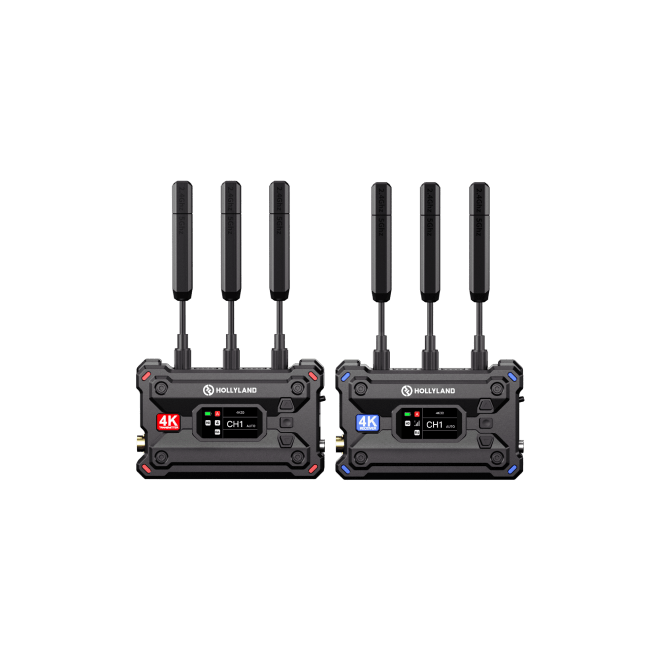




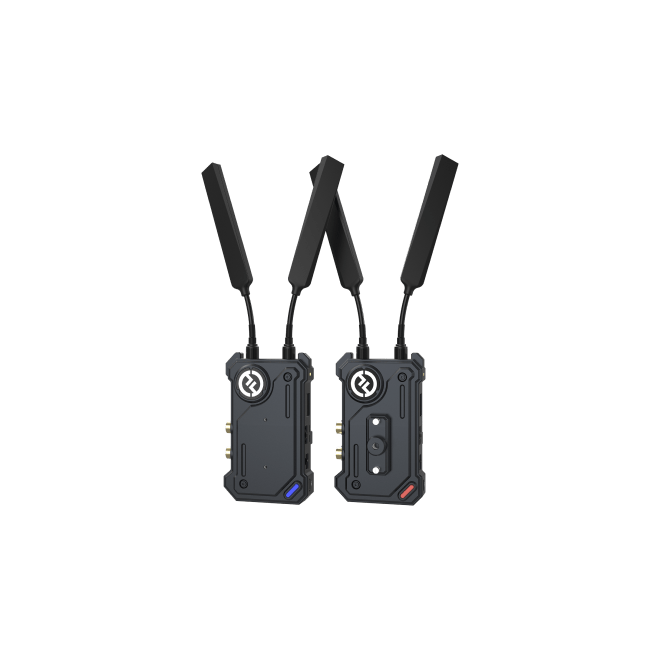
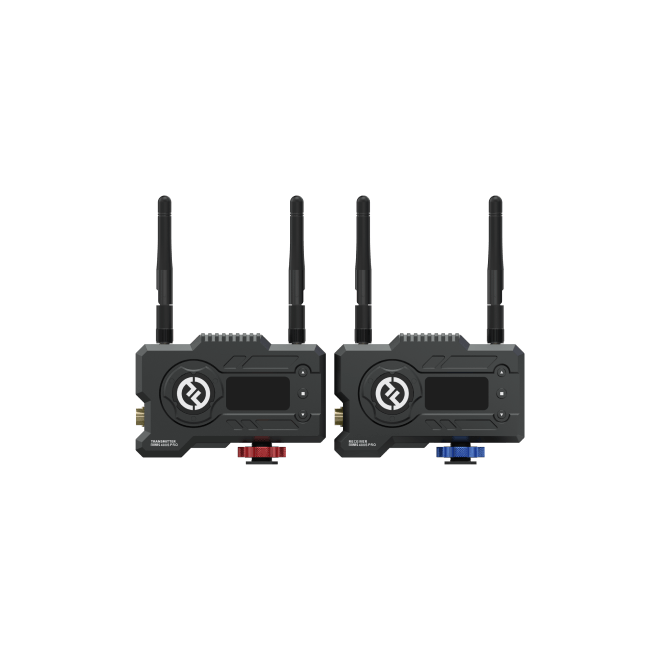

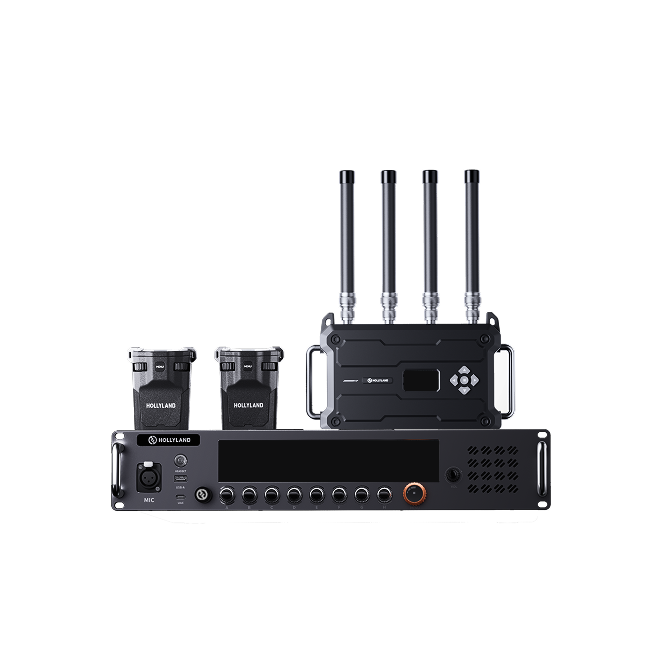

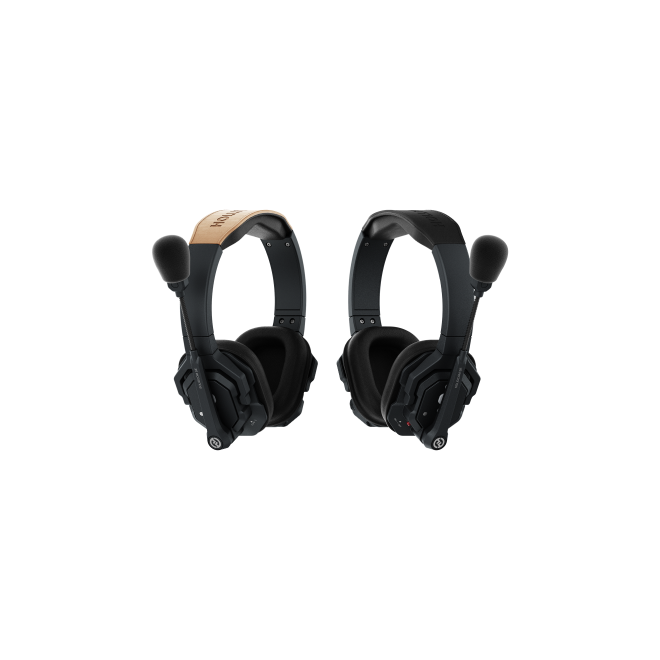

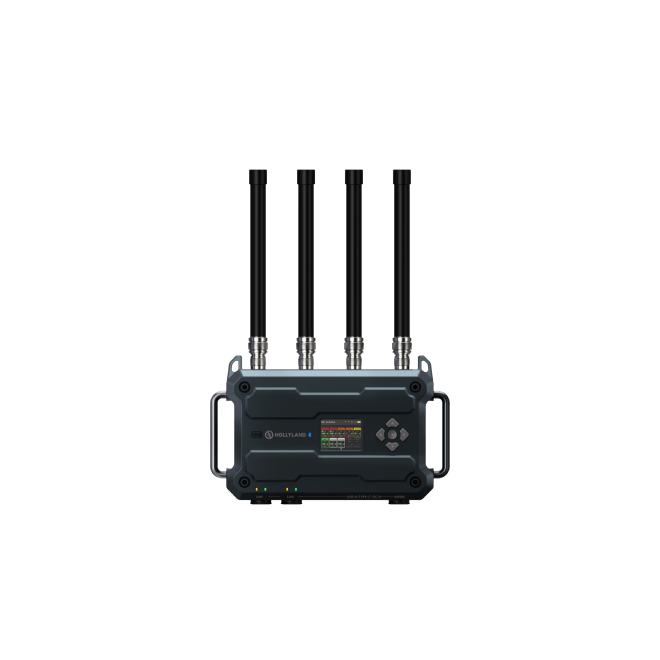
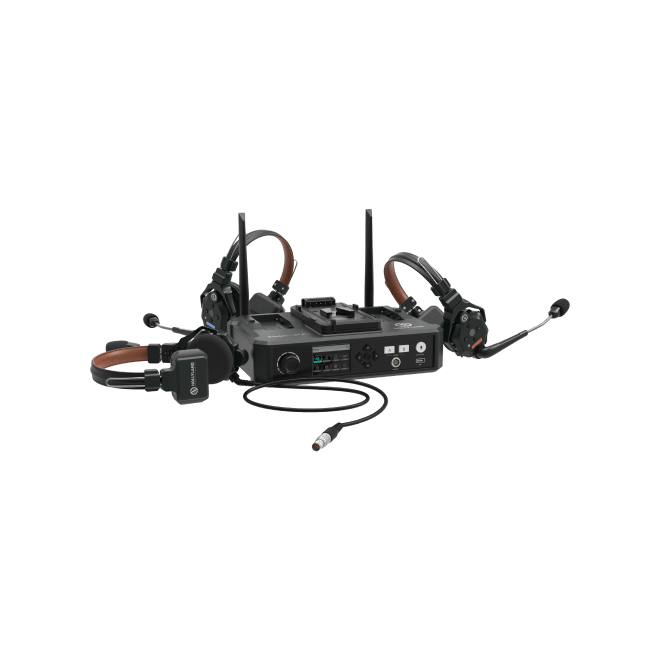
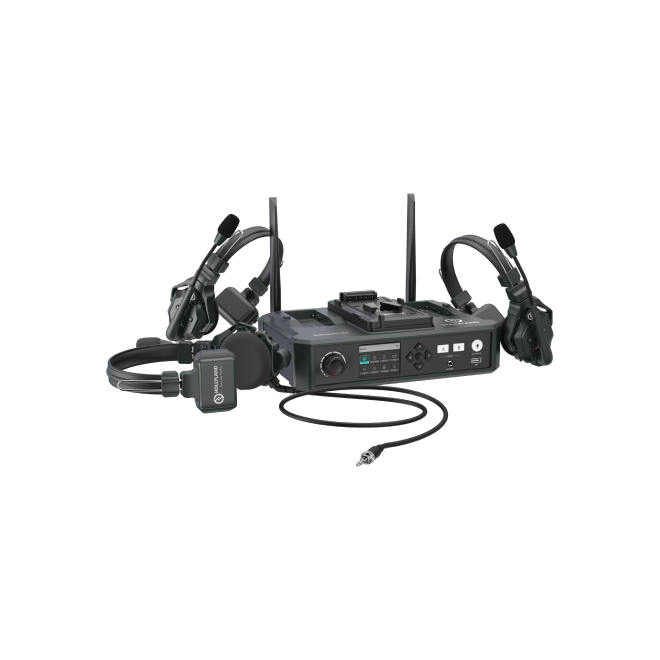

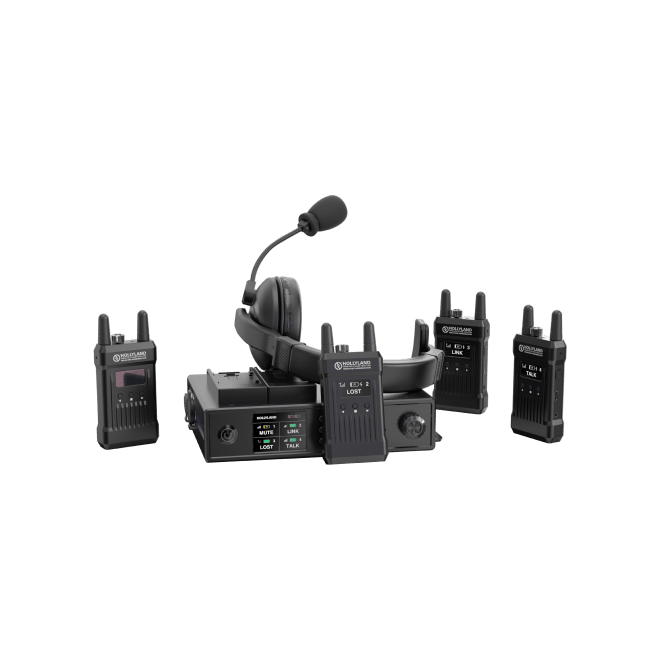




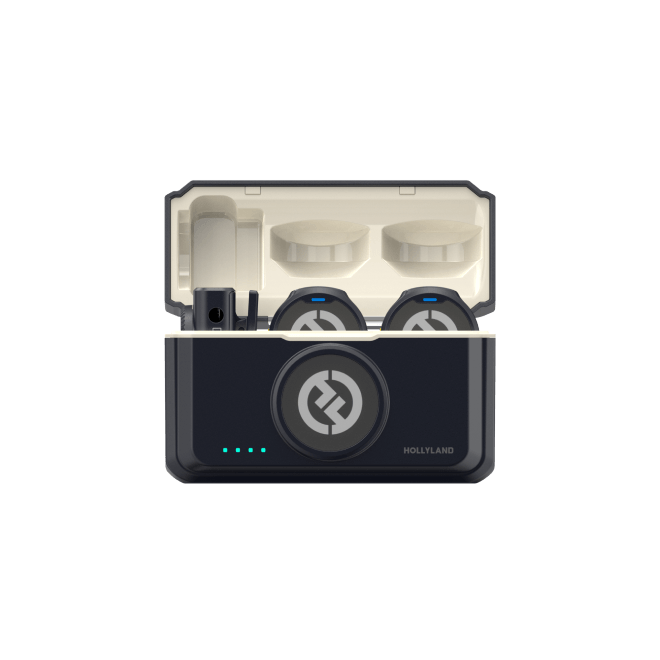



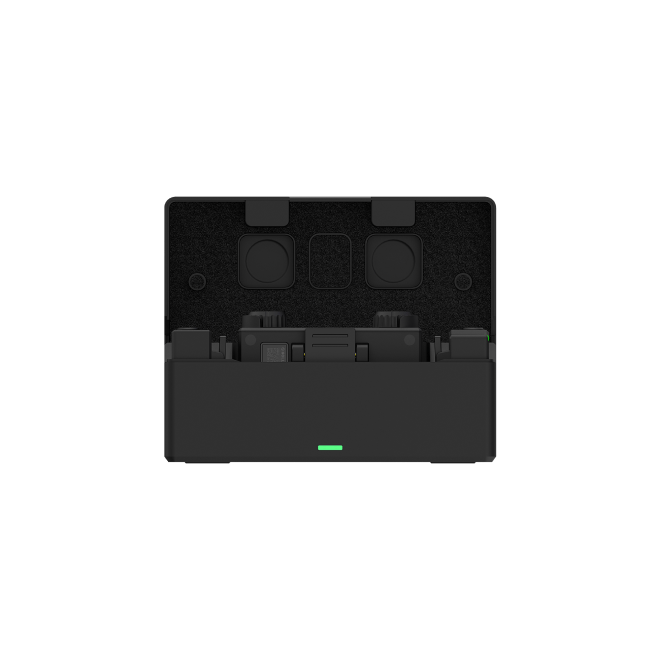


.png)



